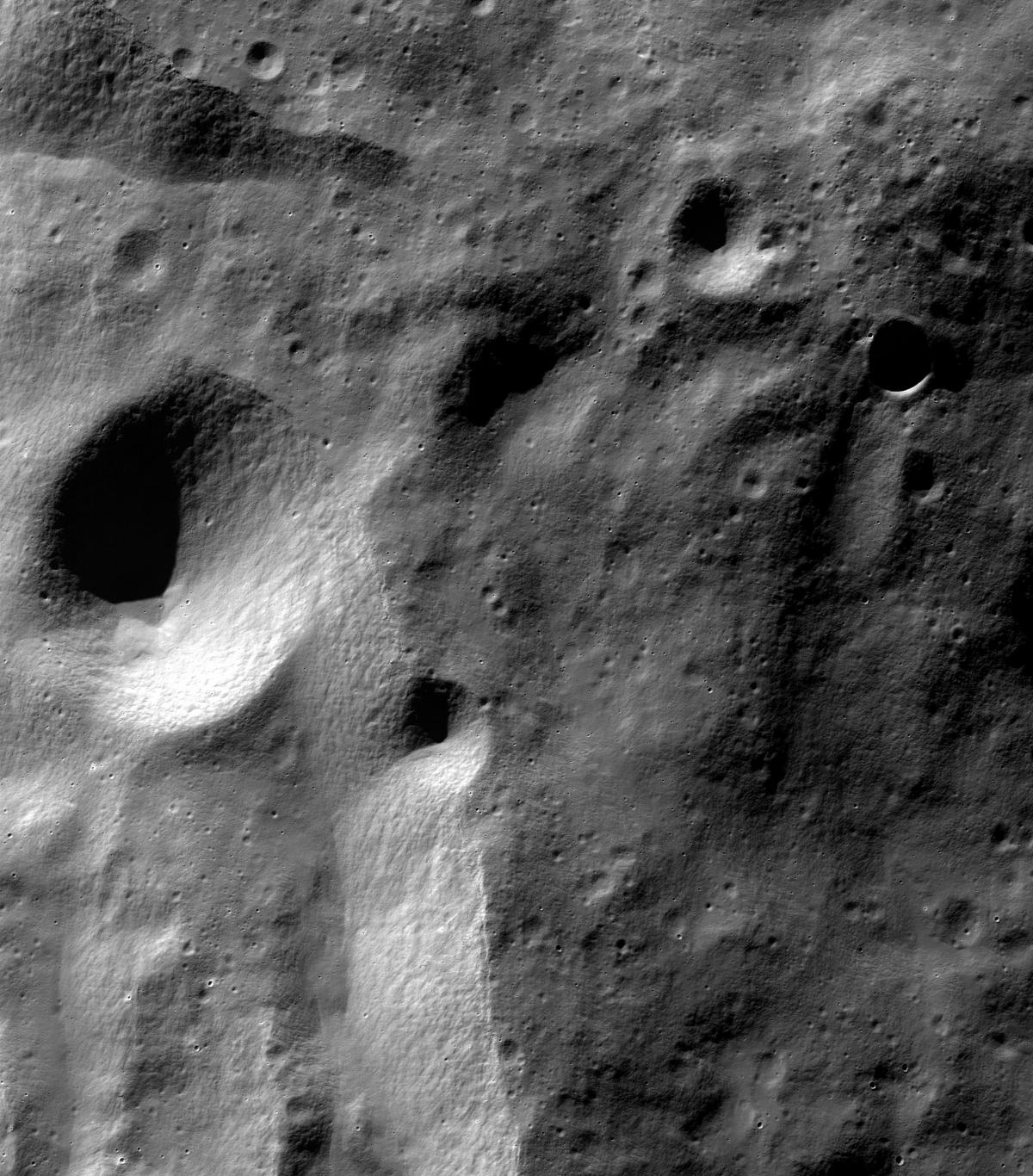A study carried out by Indian space scientists has found evidence of enhanced possibility of water ice occurrence in the polar craters of the Moon.
The study was carried out by scientists of ISRO’s Space Applications Centre (SAC), in collaboration with researchers of IIT Kanpur, University of Southern California, Jet Propulsion Laboratory, and IIT (ISM) Dhanbad.
The study suggests that the amount of sub-surface ice in the first couple of metres is about five to eight times larger than the one on the surface in both poles.
As such, drilling on the moon to sample or excavate that ice will be primordial for future missions and long-term human presence. Moreover, the study also suggests that the extent of water ice in the northern polar region is twice that in the southern polar region.
As for the origin of this ice, the study confirms the hypothesis that the primary source of sub-surface water ice in the lunar poles is out-gassing during volcanism in the Imbrian period.
The results also conclude that the distribution of water ice is likely governed by mare volcanism and preferential impact cratering.
The research team used seven instruments comprising radar, laser, optical, neutron spectrometer, ultra-violet spectrometer, and thermal radiometer on board the NASA robotic spacecraft Lunar Reconnaissance Orbiter to understand the origin and distribution of water ice on the Moon.
Accurate knowledge of the distribution and depth of water ice occurrence in the lunar poles, as presented in the investigation, is crucial for constraining the uncertainties in selecting future landing and sampling sites for missions aimed at exploring and characterising lunar volatiles.
This result also supports a previous study of SAC-ISRO pointing out the possibility of the presence of water ice in some of the polar craters, utilising polarimetric radar data from Chandrayaan-2 Dual-frequency Synthetic Aperture Radar instrument.
This study is also crucial for supporting ISRO’s future in-situ volatile exploration plans on the Moon.
month
Please support quality journalism.
Please support quality journalism.

Shambhu Kumar is a science communicator, making complex scientific topics accessible to all. His articles explore breakthroughs in various scientific disciplines, from space exploration to cutting-edge research.


